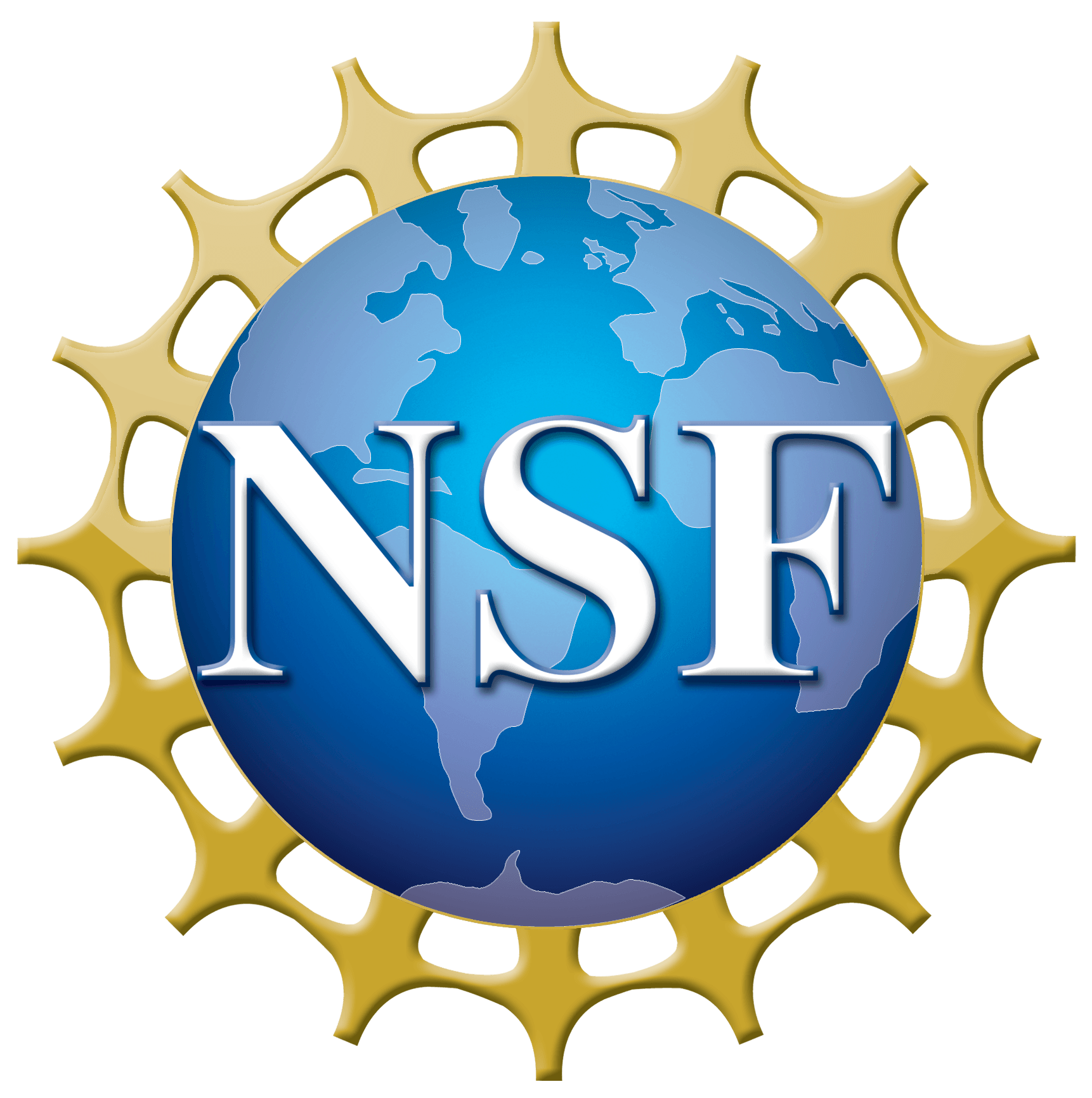Question: Best angular resolution is achieved with the NRAO dishes at their maximum separation. I do not understand why…
Select :
asteroid collisionasteroidsastronomical distance scalesatomsbig bangblack holesbright lights in the skybrown dwarfcareerscelestial eventschecker cabscometsconstellationscosmic distancescosmic microwave backgroundcosmic rayscosmologydark energydark matterdwarf planeteartheclipseeclipticeducationexoplanetsexpansion of the universegalaxiesgeneral relativitygravitational lensgravity wavesGreat Red SpotHoaxesHubble Space Telescope (HST)Interferometerinterferometryinterstellar moleculesionosphereJupitermagnetarsmarsmeteorsMH370milky wayMilky Way Galaxymoleculesmoonmoonsneutron starneutron starsNibirunight skyparallaxphysicsplanetsplutoproperties of lightPtolemypulsarsquasarsradar astronomyRadio Astronomyradio frequency interferenceradio interferometersradio recombination line emissionRadio TelescopeSatellite DishSchwarzschild Radiusscientific methodsearch for extraterrestrial intelligenceSETIsolar systemspace probesspacecraftstar formationstarssunsupernovasupernova remnantssupernovaetelescopestime dilationTrans Neptunian Objectstwin paradoxunexplained celestial observationsVenusVery Large ArrayVery Long Baseline Array (VLBA)Voyager 1weather
What Software Do You Use to Control Radio Telescopes?
Question: What software you use to put the antenna in a desire position? In what language was programmed? —…
The Story of the Very Large Array
Question: Toured the VLA facility in New Mexico on April 5 and was very impressed with the new public…
Top Achievements for the NRAO Very Large Array
Question: I’m embarrassed to ask this, as I feel after working here for so long I should already know…
Can Brain Waves be Detected by a Satellite Radio Telescope Array?
Question: I have a question that pertains both to space and life on the ground. It is my theory…
Have We Ever Received Radio Signals From Space?
Question: Hello I was wondering have we ever received any radio signals from space? What I’m trying to ask…





